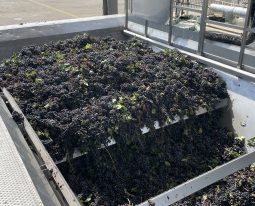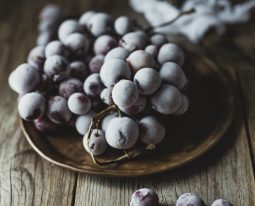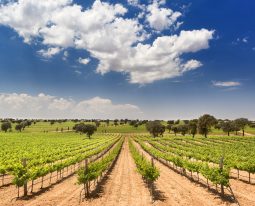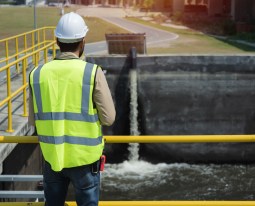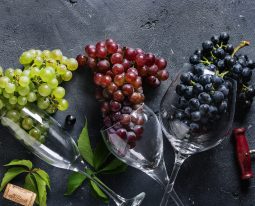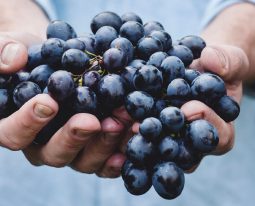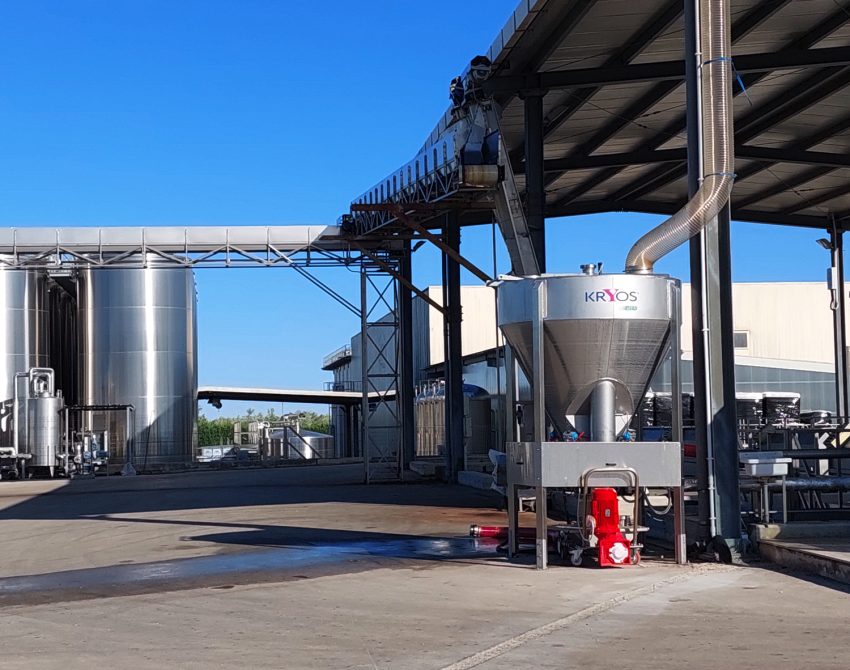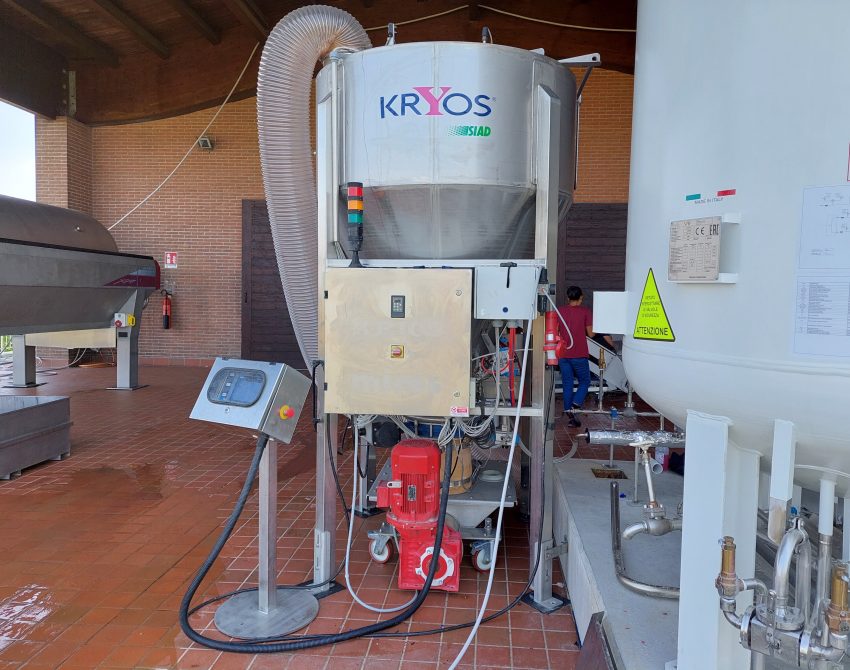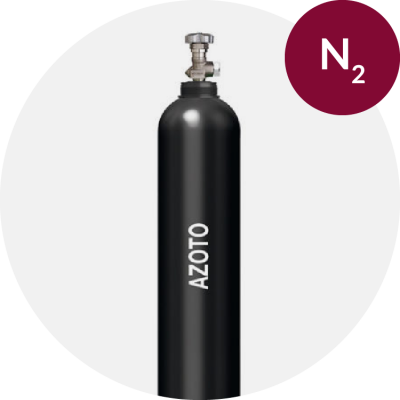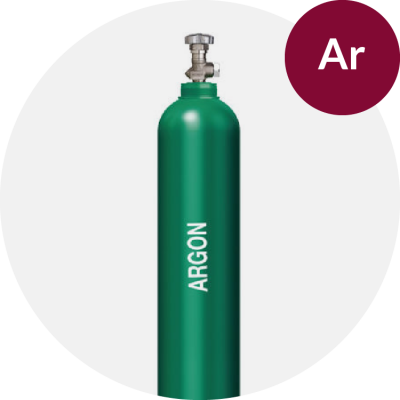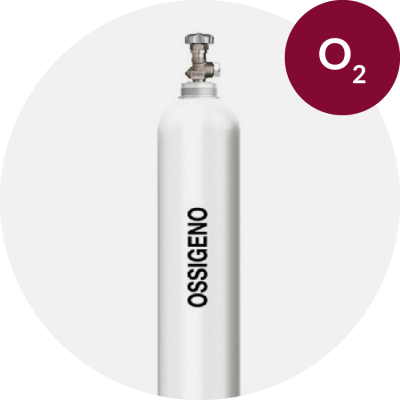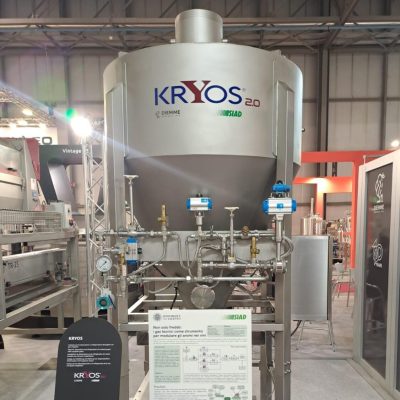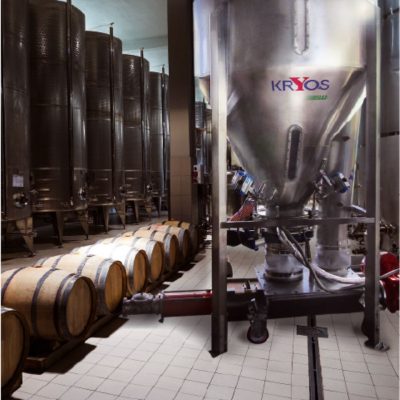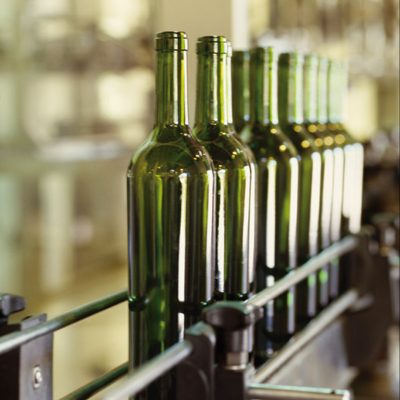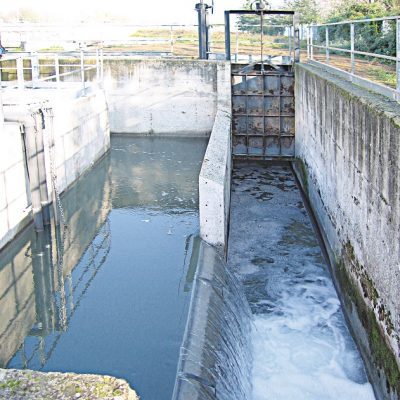Employing carbon dioxide and nitrogen in the reduction vinifications of red grapes to have high quality wines, from a sensory point of view, and a low impact working process . The SIAD’s International Award for Innovation in the Use of Technical Gases in Oenology, now in its third year, selected the project “Quality improvement of red wines with low environmental impact through the use of technical gases.”
The experiment, based on the comparison of winemaking in traditional method using CO2 and N2, aims to implement innovative practices to achieve products of particular quality, through the enhancement of varietal aromas, both of environmental sustainability in winery, by monitoring and managing winemaking practices, adapting them and limiting the addition of oenological additives with the help of technical gases.
“Technical gases have proven to be crucial,” stresses Fabio Mencarelli of the University of Pisa, project supervisor coordinated by winemaker Gregorio Santini, a recent graduate in Viticulture and Enology and research fellow at the Department of Agricultural, Food and Agri-Environmental Sciences, University of Pisa (in the photograph with doctoral student Stefano Pettinelli and fellow Giorgio Merlani).
Professor Mencarelli, wineries are constantly striving to achieve the highest quality levels of their products. At the same time, environmental sustainability in winemaking is a major issue right now. What, in the context of wineries, are the main critical issues?
The main problematic factors are energy consumption for cooling, more rarely for heating, barricade conditioning and water consumption. Especially today when grapes arrive with particularly high temperatures, the use of cold is essential for aromatic quality. Many companies are setting up cold storage or reefer containers to keep grapes for 24-48 hours in cold storage. This contributes more to the environmental impact.
“Quality improvement of red wines with low environmental impact through the use of technical gases” is the title of your project, which focuses attention on both issues. What does it consist of? What are the purposes?
We started from the idea of working in reduction to express, in the wine, the aromas of the grapes, avoiding to the mass (grapes, must) the contact with oxygen, then through the use of dry ice, inert gas especially co2 gas, minimizing the use of sulfur dioxide. We, therefore, switched to using grape maceration under inert gas, CO 2 or N2 gaseous (the latter the first time it was done to be seen from scientific publications, so much so that we published this year in Food Chemistry), to study the metabolism of the grapes and also the quality of the wine, employing no sulfur dioxide and vinifying afterwards always under inert gas.
Where is the project being carried out and on which grape varieties?
The project is carried out at the experimental winery of the Department of Agricultural, Food and Environmental Sciences of the University of Pisa on the “gamay” variety. At the end of this, together with SIAD, we will evaluate the results to identify the potential and possibility of continuing the work up to innovation, to the point of making available a new mode of operation for winery activities.
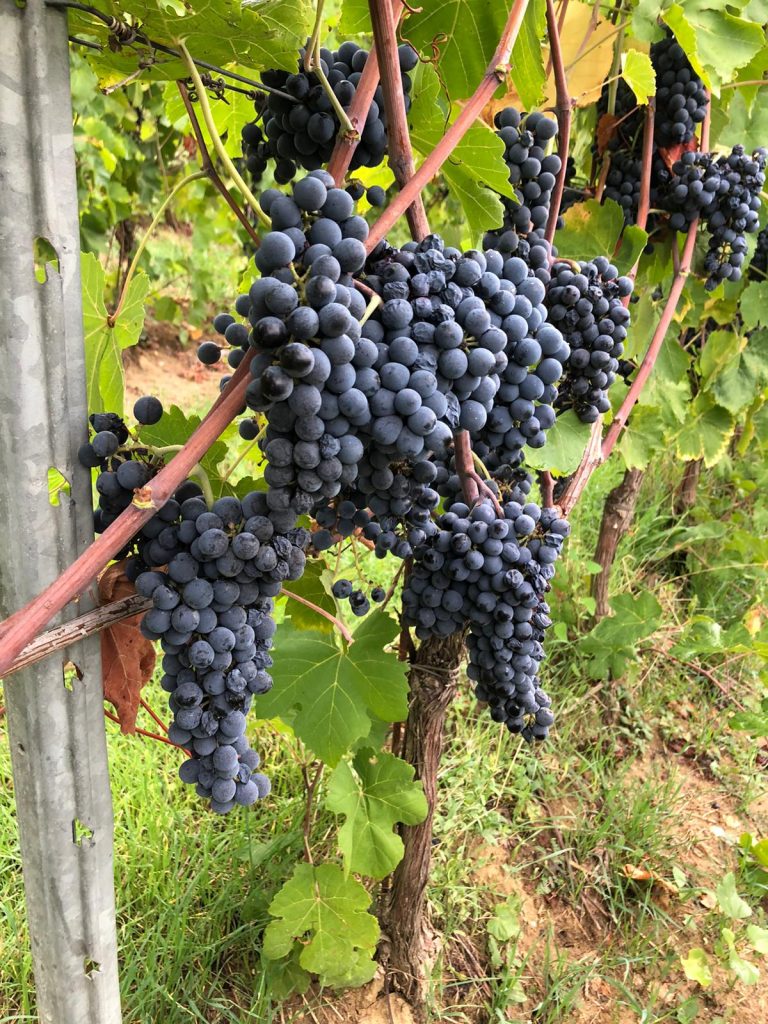
The SIAD Award aims to stimulate research in enology through the innovative use of gases. Having won, does it represent significant support for experimentation?
Absolutely, a source of pride and conviction that we are in the right direction, so much so that we are now also making IGA beers as a result of maceration in inert gas.
Carbon dioxide is a gas with many properties and characteristics, has it proven useful to your goals?
Yes, both as dry ice and gas and as liquid in grape maceration and inerting, also in reduction winemaking done by us in the experimental winery, but also at wineries in Sicily
Farms and particularly wineries are facing several challenges: besides achieving environmental sustainability in the winery, what do you think might be the open fronts?
Quality is always the main goal, understood as the absence of defects in the wine. Instead, today, we are seeing many “flawed” wines being marketed as natural, but they are confusing the consumer’s taste. Naturalness also means less environmental impact, but this does not mean producing defective wines. In winemaking it is becoming important to safeguard the aromas of the grape (which means the terroir) and then to preserve them in the final wine. To do this one must work to avoid oxidation, but one must be competent, employ inert gases and judicious use of cold.
Research in enology is as necessary as ever, how important are initiatives to support innovation in order to overcome current and future challenges in the industry?
In the area of research, we are always looking for, pardon the repetition, funding, so any initiative, no matter how small, that allows us to support research is welcome.
In your experience, what role do gases play in fostering innovation in enology?
I said it above. I have always worked in my research activities with gases, first in the area of controlled atmosphere for fruit storage, now for winemaking, so for me they are a youthful vice that I carry with me. The judicious use of gases can also help in the reduction of synthetic products, such as sulfur dioxide, as well as excessive low temperatures, thus greater healthiness and less environmental impact.


